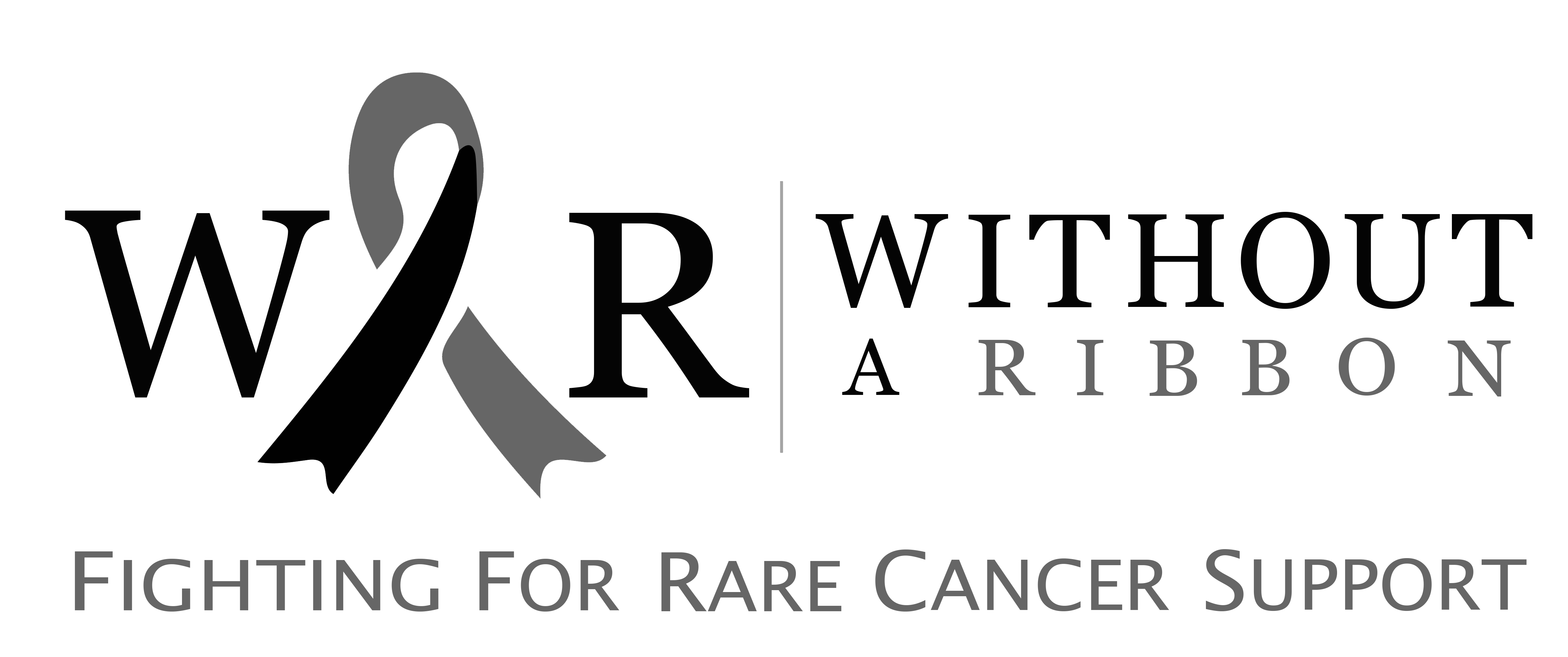What is Squamous Cell Carcinoma of the Skin?
Squamous cell carcinoma of the skin is a common type of skin cancer that develops from the uncontrolled multiplication of squamous cells, these cells are flat in shape and found in the middle and outer layers of the skin and line various internal organs of the body. Squamous cell carcinoma starts as the growth of cells on the skin.
Disease Causes
Excessive exposure to ultraviolet radiation can increase the risk of developing squamous cell carcinoma of the skin, although the exact cause is not well-known.
Signs and Symptoms
The patient may suffer from the following:
- Growth of cells on the skin or open sore that may vary in sise and color
- Skin areas that may feel rough or scaly
- Sore on the skin may become painful and may bleed
Diagnosis
The following diagnostic techniques and procedures can be used to make a diagnosis:
- Physical examination of the skin by a doctor
- Blood test: Complete blood count
- Imaging techniques such as ultrasonography (USG), CT scan, MRI, and X-ray are used to detect the site, sise, and extent of the tumour.
- CT Scan: A CT scan is used to check if tumours have spread to your chest and abdomen.
- During a biopsy, a small sample of tissue is taken for laboratory testing to check for cancer. A medical professional may cut or remove a portion of the suspicious tissue from the skin.
Treatment
The right treatment option depends upon the sise, position, depth, and general health of the patient. The following treatment options are available to treat squamous cell carcinoma of the skin.
Mohs Surgery: A surgical approach where cancer is removed layer by layer as each is examined under a microscope until no cancer cells are left. It is best suited for high-risk, recurring, or cosmetically delicate body parts such as the skin of the face. This treatment option has a high cure rate.
Curettage and Electrodesiccation: It involves using a tool called a curet to scrape off the tumour and then applying an electrical current to kill any leftover cells. For small, low-risk tumours on non-cosmetic body areas, it works well.
Cryosurgery: It uses liquid nitrogen to kill cancer cells by freesing them. It is suitable for people who are unable to have surgery.
Laser Therapy: It removes Malignant tissues by using a strong laser beam. This treatment is suitable for superficial skin tumours.
Photodynamic Therapy: This therapy uses light-sensitising medication to kill cancer cells.
You can help us with your donation:
Without a Ribbon is a charity that works hard to aid those who suffer from rare cancers. You can help our cause in a variety of ways:

